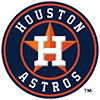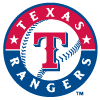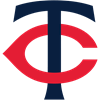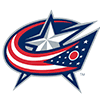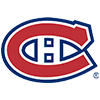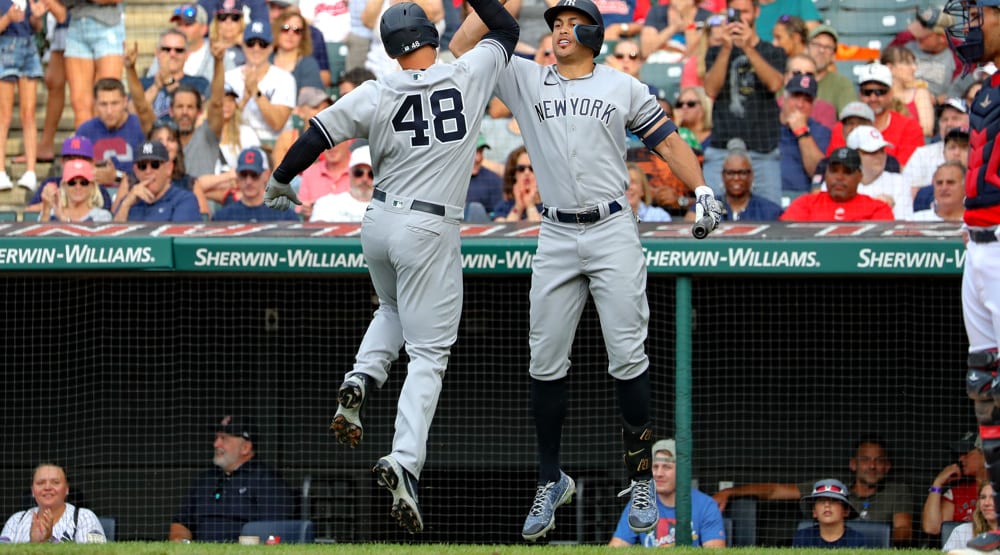Part IV in our series moves us behind the dish to the catcher position. The catcher's spot is the most unique of all the defensive positions on the field, the most vital, and the most difficult to identify.
The most important tools of a catcher, in order of rank, are fielding first, then arm, followed by hitting ability, power, and finally running speed. I come from the school of Mike Scioscia where if you can't catch and throw, control a running game, call a game, and work as an extension of your pitcher, then we will locate another position for you. There are seven other positions on the field (eight if you are in the American League), so if you are good enough to hit but you can't catch, you are destined for another place on the field.
In today's game, most all good catchers have one common attribute. That is, they function well with their pitchers. Piggybacking on the Scioscia school of thought, I'd rather have a .250 hitting catcher who jacks five homers and 50 RBI a year but who fits the above criteria versus a guy that doesn't fit the benchmarks above and hits .290 with 15 homers and 75 RBI a year. The importance of the catching position is such that the negative value a catcher can have on a game is more conceivable than any other position on the field, other than pitcher. When a catcher calls a bad game, makes an error, miss-frames a
Part IV in our series moves us behind the dish to the catcher position. The catcher's spot is the most unique of all the defensive positions on the field, the most vital, and the most difficult to identify.
The most important tools of a catcher, in order of rank, are fielding first, then arm, followed by hitting ability, power, and finally running speed. I come from the school of Mike Scioscia where if you can't catch and throw, control a running game, call a game, and work as an extension of your pitcher, then we will locate another position for you. There are seven other positions on the field (eight if you are in the American League), so if you are good enough to hit but you can't catch, you are destined for another place on the field.
In today's game, most all good catchers have one common attribute. That is, they function well with their pitchers. Piggybacking on the Scioscia school of thought, I'd rather have a .250 hitting catcher who jacks five homers and 50 RBI a year but who fits the above criteria versus a guy that doesn't fit the benchmarks above and hits .290 with 15 homers and 75 RBI a year. The importance of the catching position is such that the negative value a catcher can have on a game is more conceivable than any other position on the field, other than pitcher. When a catcher calls a bad game, makes an error, miss-frames a pitch, let's a ball get by in the dirt, etc. that negative value will play a bigger role in the outcome of a game than any other negative consequence another defensive position player contributes.
In the fantasy game, none of what a catcher does behind the dish is scored. So, none of the aforementioned applies. The only system I am aware of that accounts for these elements is Reality Fantasy Baseball (sorry, shameless plug!). In the real world, scouts and baseball personnel are perpetually searching for guys that can do this. It's so rare that we can find a catcher who can be a factor on offense and defense at an above average rate. That is why, when one is in fact obtainable, nobody hesitates to take him in the top half of the first round.
So, when scouting, what do we look for at the younger levels of amateur baseball to discover these guys? From a pure tools standpoint, it's actually very straightforward. Much like what I mentioned about identifying infielders in Part II, it's virtually the same with catchers. Quick feet, alert hands, a solid average arm at least, agility, etc. Remember that "internal clock" I referred to? Well, just like an infielder, a catcher has to embody his own internal clock. His is much more complicated though, as he is worrying about all kinds of other considerations. A suitable catcher at the major league level is like the quarterback of a football team. He is reading the defense (or offense, in baseball's case) and he is the field general, directing and setting up all aspects of each play. He is an advance scout, and one who has to follow a "playbook" and strategy to find the most achievable way to retire each hitter that digs in. A catcher has to be aware of each hitter's strengths and weaknesses and how his pitcher's strengths and weaknesses can be best employed to expose a hitter.
How do we ascertain this? Well, we have to survey with our eyes and heed with our ears. Much like a CIA operative, you are trying to gather intel and reconnaissance on catchers and absorb which ones operate on a higher mental prism than others. We can distinguish the tools easily, but identifying who calls good games, who works well with his pitchers, and who carries high baseball acumen is difficult.
I mentioned that catchers are very comparable to infielders in that they carry a lot of the same tools. As an illustration, you often times see infielders convert to catcher. Tony Wolters of the Indians and Matt Cerda of the Cubs are two recent cases. During my time with the Angels, we asked Sean Rodriguez to convert to catcher but he declined. That's another trait a scout looks for in categorizing catchers. You must be inclined. What Wolters, Cerda and Rodriguez all share, are that they have great hands, quick feet and strong throwing arms. Their offensive ability is just average and perhaps below that, however as catchers, they would be much more valuable offensively. Another attribute they have in common is that they have strong lower halves. Wolters and especially Rodriguez have very strong legs and a sturdy core to support them. I'm not saying that all infielders with quick hands and feet who can't hit should be hurled behind the plate. You also need to find a guy that will be durable and resilient enough to squat every day for over 200 days a year.
Can you name someone that would fit the standards for a move to behind the plate? For example, what kind of career would Donnie Murphy have had if he was converted to a catcher when he was younger? He was an infielder coming up with proficient feet around the bag at second and a good arm. He has a stocky build, but was devoid of the bat to play every day. Scouts appreciated his instincts and makeup, too. If he were receiving 400 at-bats a year behind the dish, it's plausible that Murphy could have carved out a career as a solid catcher who smacked close to 20 home runs a year. Imaginably, a John Buck like career, maybe. Perhaps someone inquired about his interest in making the move and he simply said no.









